Byzantine Art
1/8
There's no tags or description
Looks like no tags are added yet.
Name | Mastery | Learn | Test | Matching | Spaced |
|---|
No study sessions yet.
9 Terms
Byzantine Art
Roman, Greek, and Christian Influences
Key features: central-plan churches, luxury interiors, rich symbolism, and religious focus
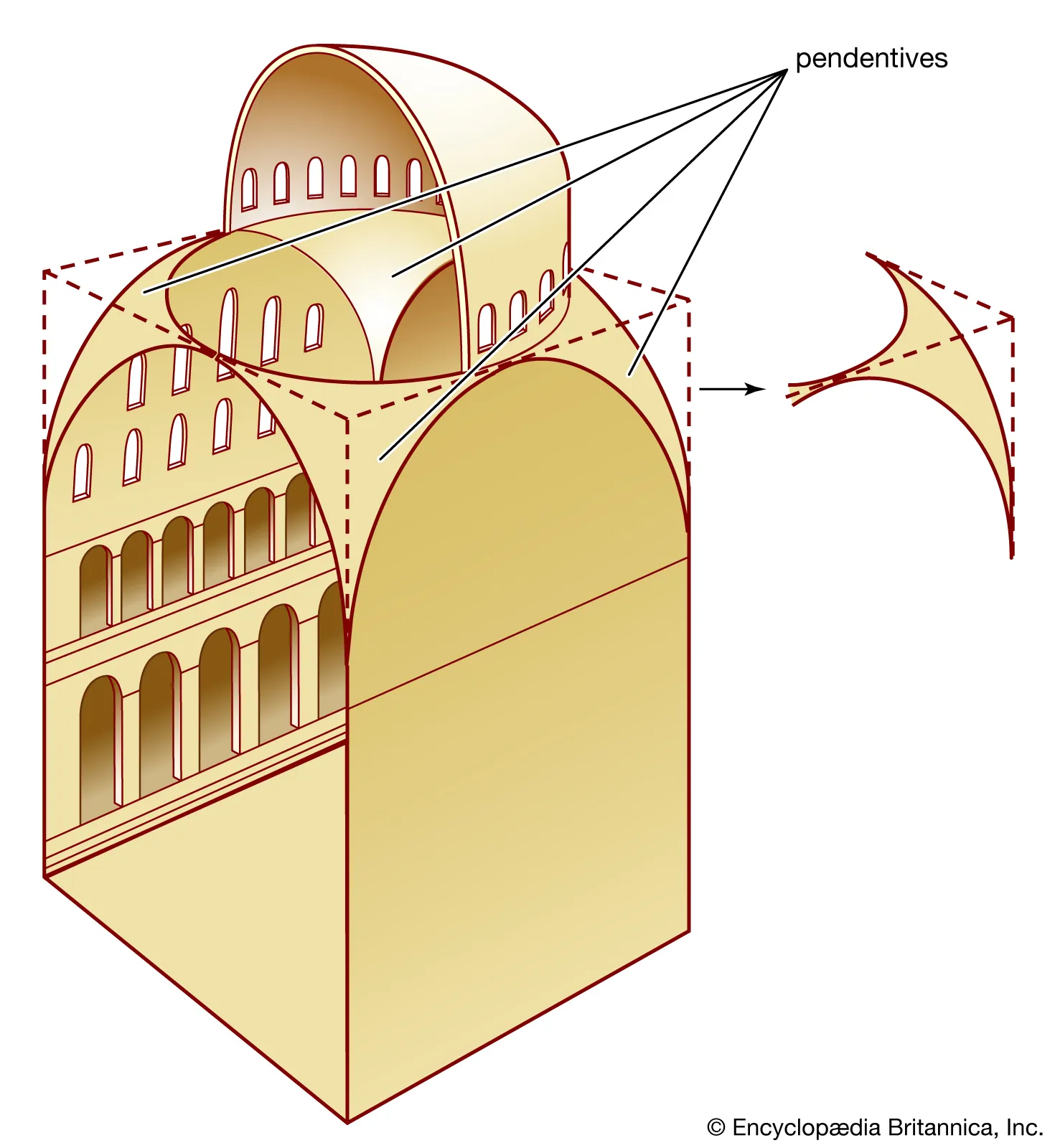
Early Byzantine Period - Characteristics
Art & Architecture
Strong imperial patronage
Grand churches with central plans and domes
Use of pendentives for dome support (e.g. Hagia Sophia)
Rich gold mosaics with biblical and imperial imagery
Flat, frontal figures
Key Themes
divine authority and imperial power
Biblical storytelling with simplified forms
Icons begin to appear
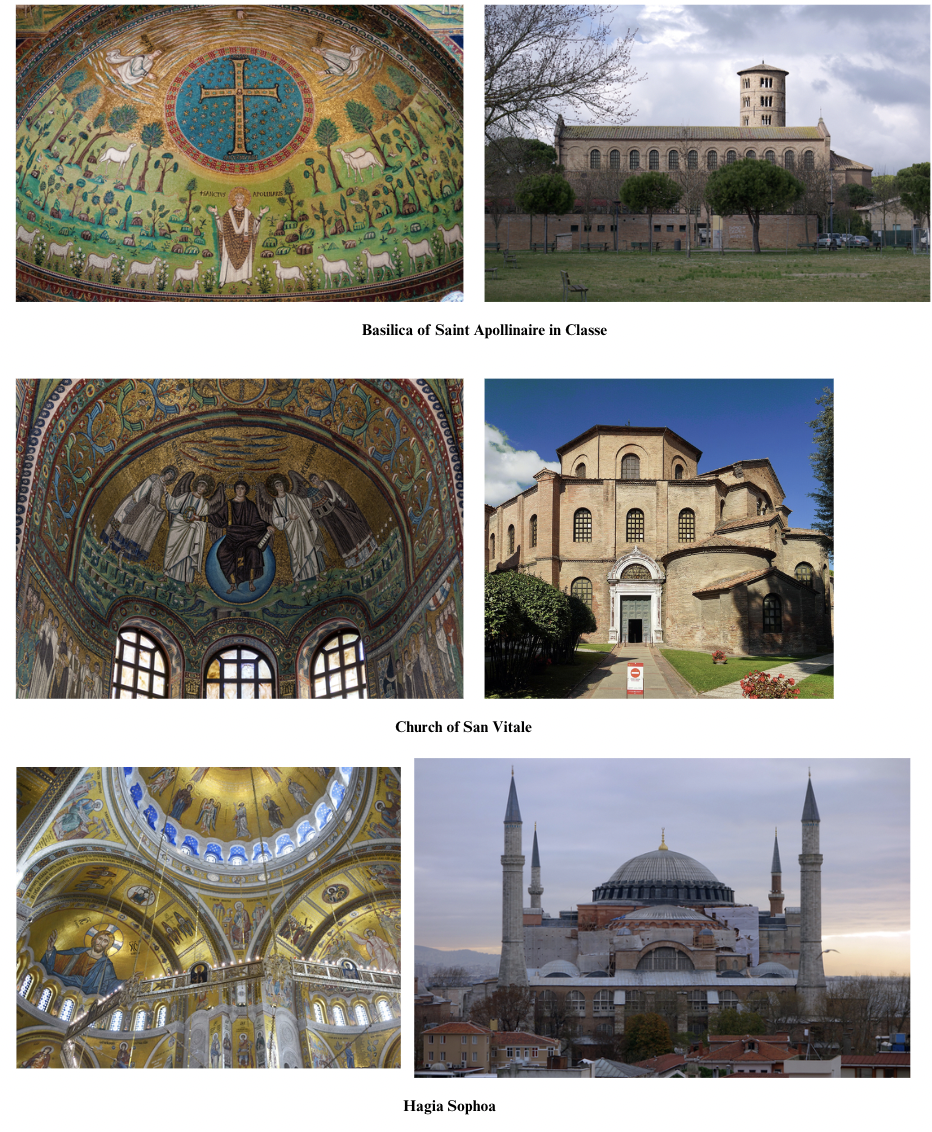
Early Byzantine Period - Architecture and Mosaics
Basilica of Saint Apollinaire
Apse mosaics with symbolic imagery (sheep, cross, stars)
Church of San Vitale:
Central plan with mosaics of biblical scenes
Hagia Sophia
Massive dome on pendentives
Luxury marble, gold mosaics
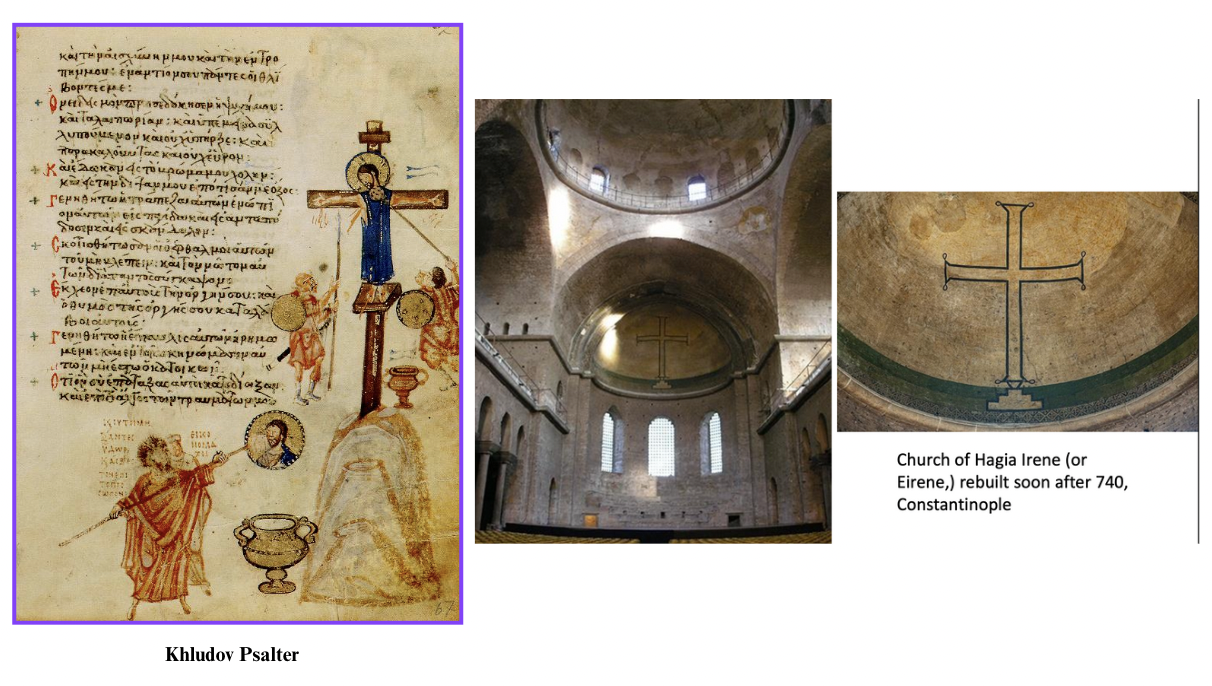
Byzantine Iconoclastic Controversy
periods in the history when the use of religious images or icons was opposed by religious and imperial authorities
Icon: sacred image
Iconoclasm: the destruction of images
Iconoclasts: a person who opposes the use of sacred images in religion
Artworks like Khludov Psalter critique iconoclasts
Church of Hagia Irene: rare surviving iconoclastic church

Middle Byzantine Period - Characterictics
Icons restored after Iconoclasm
Art becomes highly standardized and symbolic
Figures: frontal, still, symmetrical, spiritual emphasis
Rich use of gold backgrounds to suggest heaven and divinity
Icons painted with egg tempera on wood;
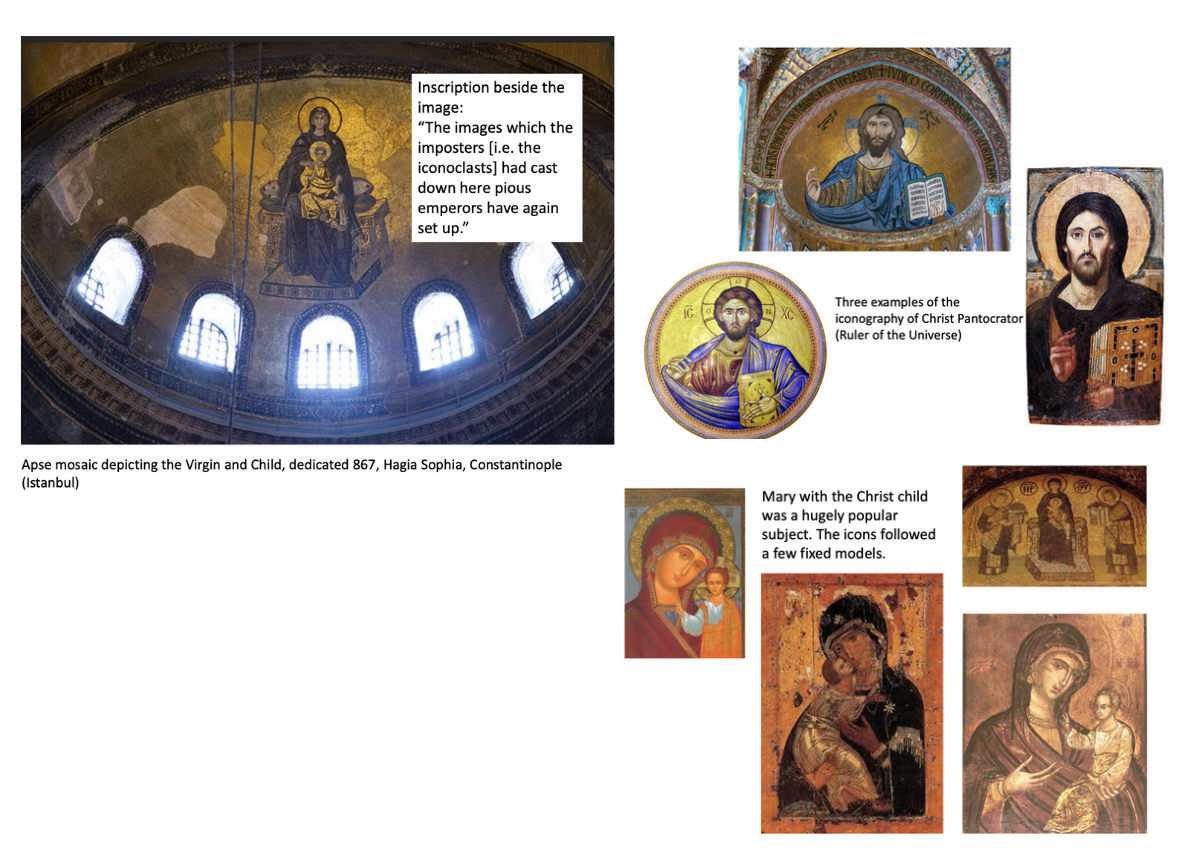
Middle Byzantine Period - Icons
Virgin and Child Mosaic, Hagia Sophia
Symbol of faith restored after years of icon destruction.
Christ Pantocrator and Mary with the Christ Child
Popular Icons
Always follows set patterns
Jesus front-facing, holding a book
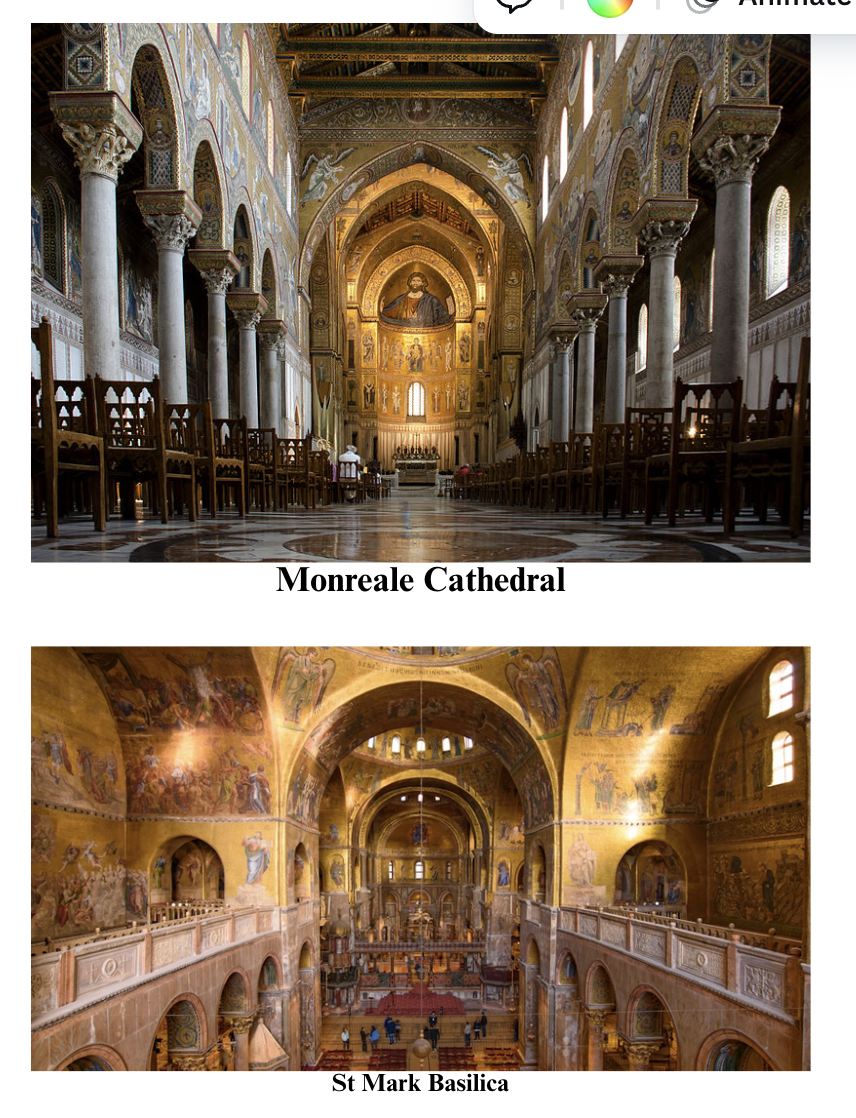
Middle Byzantine Period - Architecture
Monreale Cathedral:
Mosaic-filled, Latin and Byzantine mix
St. Mark’s Basilica:
cross-dome plan, gold mosaics, international style
More compact churches, often cross-in-square plan
Interiors covered in mosaics and frescos, especially in domes and apses
Late Byzantine Period - Characteristics
Smaller-scale churches, more decorative interiors
Continued use of frescos and egg tempera on wood
Art becomes more expressive, with emotional depth

Late Byzantine Period - Pieces
Madonna and Child on a Curved Throne: emotional, stylized icon
Resurrection, Chora Monastery: fresco; Christ raises Adam and Eve, dynamic and spiritual